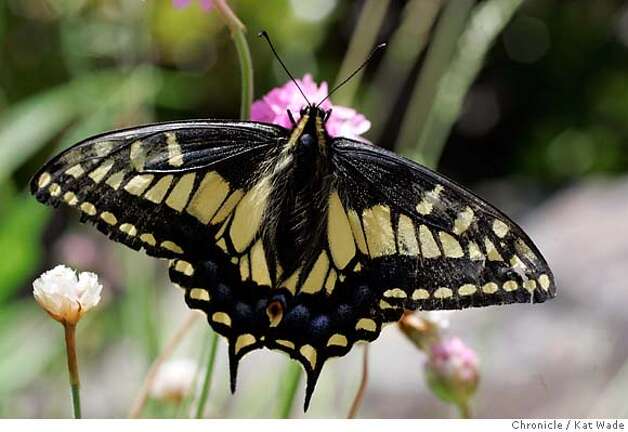This older piece from the Christian Science Monitor still applies. Summer may be a time to clean, but if you're a kid it should be a time to get dirty -- without penalty.
Dirty - and delighted - from head to toe
By Susan DeMersseman / September 6, 2001
I don't think I ever got into trouble for getting dirty when I was a kid. That's not because I didn't get dirty. It just wasn't a punishable offense in our house. With a farm next door and a few acres of our own, getting dirty was viewed as an occupational hazard of childhood in the country.
My mother's casual attitude may be why most of the kids in the neighborhood hung out at our house. After we got rid of the chickens, we had a great clubhouse in the vacant coop. It was the site of many messy projects, like painting battle hawks on garbage-can lids to turn them into shields.
We needed shields for our "wars" with the kids who lived down the hill in Comanche Court. These wars involved a lot of mud throwing. When Mom peeled our clothes off in the evening by the back door, she would comment nonchalantly, "War today, huh?"
The back door led to a utility room with a shower (what foresight). We either rinsed off there or ran naked to the tub to scrub off the rest of the dirt.
It wasn't just war that offered us opportunities to get dirty. There was also baking: mud pies, mud cakes, mud muffins. And if it was spring and we were very fortunate, we would find a sticky little pond of shiny, smooth mud with which to frost our creations.
One summer, we decided to dig a swimming pool. My mother suggested a spot in the front corner of the yard. We dug and dug, and when it was about three feet deep and four feet across, we put in a tarp and ran the hose - for what seemed like hours.
The inflow was slightly ahead of the leakage, so it finally filled up. And for about 20 squealing, delighted minutes, we all squeezed in and splashed in the muddy water. A few days after we'd abandoned the pool, we gave little notice to the giant lilac bush that my mother had planted in the hole.
The usually dry creek near our house was another wonderful place to get dirty. One spring, a little stream ran down the center of it. We built canals and dams all day long. That evening, my mother had more than mud to contend with.
My shoulder-length hair was full of cockleburs. She tried to comb them out. She tried to pull them out, and she finally had to cut them out. This was long before Meg Ryan had popularized the chopped-up look, so the result was pretty strange.
It might sound as if we were a bit wild. We were, but as they say in the country, we "cleaned up real good." Maybe that's what my mother loved, uncovering her little cherubs from beneath layers of mud.
We still have photographs of us wrapped in fluffy white towels after our evening baths: our eyelashes still wet, and our cheeks shining as if they had been polished. I don't know what was best, the feeling of getting all dirty or the feeling of getting all clean. As a devoted gardener, I still don't.

